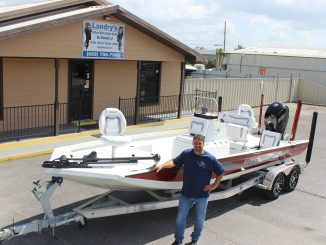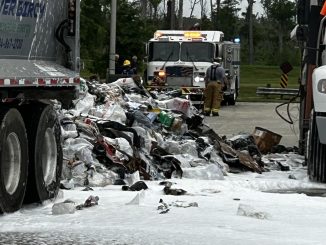
With memories of last year’s harrowing Atlantic hurricane season still vividly in mind, it’s no small wonder that the National Weather Service is forecasting a “near normal” 2018 season.
Last year’s catastrophic season brought disaster to thousands of people in Texas, Florida, Puerto Rico and more and left them homeless or even dead. There were so many disasters (hurricanes and other) that we developed “disaster fatigue.”
So, could anyone living on the coast not be jumpy after last year’s catastrophic season?
I don’t think so.
Subtropical Storm Alberto – the first named storm of the season – almost put me in major freak-out mode when it took aim at Louisiana, but instead followed the warmer waters of the Gulf of Mexico onto Florida and Alabama.
The storm came days before this year’s hurricane season began on Friday.
But the NWS says the real message it’s trying to convey to the public is having a better plan.
Coastal residents should have more than the typical five-day plan. It should extend 10 or more days.
Let us not ever forget what Hurricane Katrina did to Louisiana and all the hardships that storm unleashed, and it lasted for years.
If the forecast holds, the NWS outlook calls for up to 16 named storms, five to nine hurricanes and one to four major hurricanes.
But Katrina taught us it only takes one major storm to leaving entire areas struggling and endangered.
The biggest killer is storm surge followed by rain by 49 percent, followed by wind, 8 percent; offshore or surf, both at 6 percent each and tornado, 3 percent.
These are numbers that should factor in every hurricane plan in terms of getting emergency alerts and warnings, shelter, an evacuation route and ways to reach family should disaster hit.
There’s more, but the lesson is clear.
Be ready.




Be the first to comment